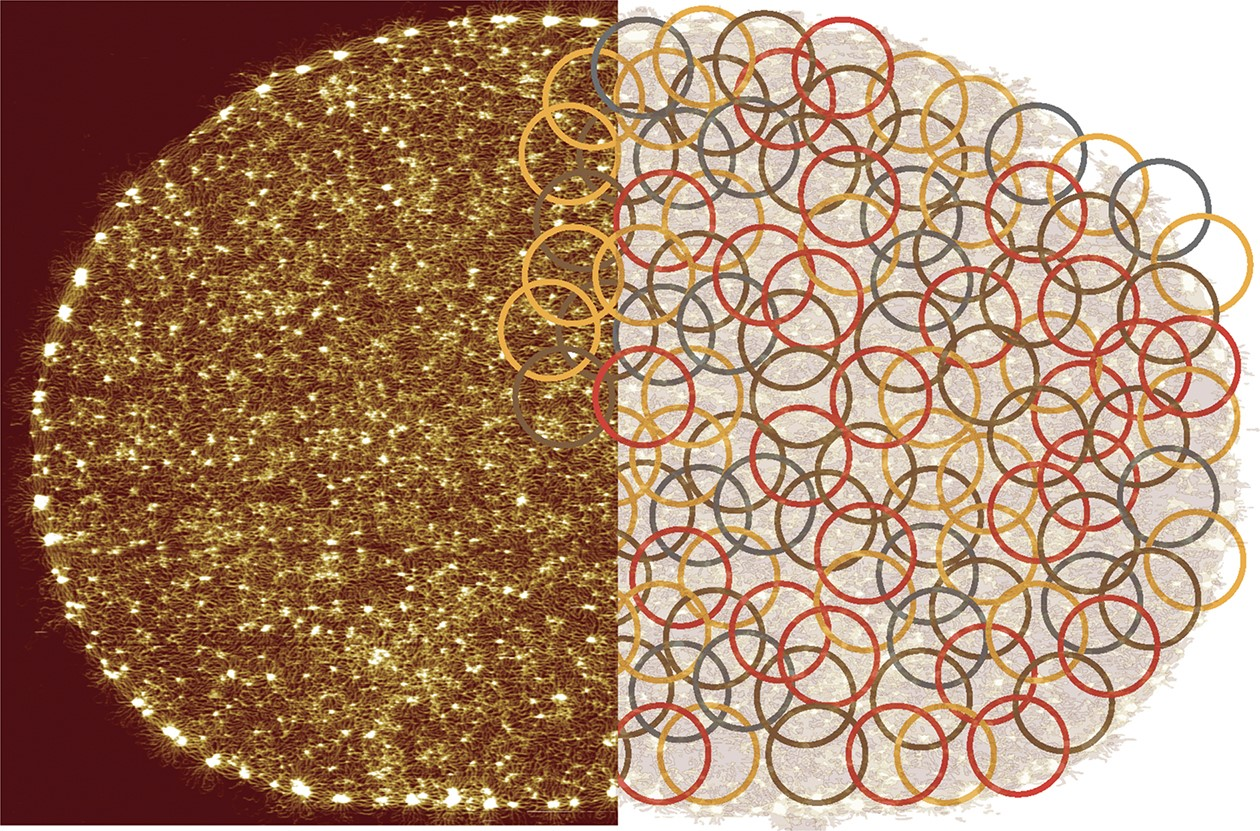All life forms are miraculous, but some are more inexplicable than others. Trypanosomes are by far one of the most puzzling organisms on Earth: their mitochondrial genome, also called kinetoplast DNA (kDNA) forms an Olympic-ring-like network of interlinked DNA circles, challenging conventional paradigms in both biology and physics. In this review, I will discuss kDNA from the astonished perspective of a polymer physicist and tell a story of how a single sub-cellular structure from a blood-dwelling parasite is inspiring generations of polymer chemists and physicists to create new catenated materials.
Download “Article” kinetoplastDNA.pdf – Downloaded 221 times – 1 MB
Download a copy of the manuscript

